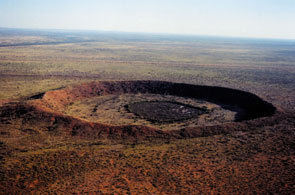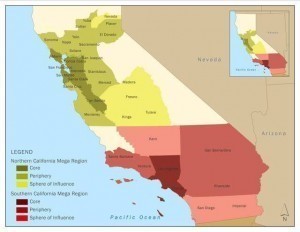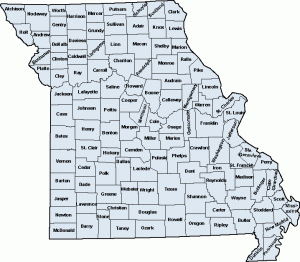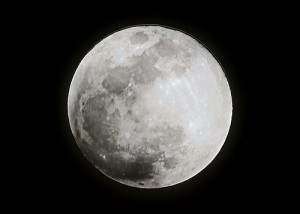Largest Crater
2 billion years ago, the Earth was struck by one of the largest asteroids ever to collide with it. Estimated to have measured 5 to 10 kilometers (3.1 to 6.2 miles) wide, the asteroid’s impact caused the formation of a crater measuring approximately 250 to 300 kilometers (155 to 186 miles) wide, the largest confirmed impact crater on Earth. Located in what is known today as South Africa’s Free State Province, it would eventually be named the Vredefort Crater, after the town located near the center of the crater.
 The crater is also known as the Vredefort impact structure and the Vredefort Dome, earning the latter name because of the dome in the crater’s center. Originally, it was believed that this dome was the result of a volcanic eruption. But it was discovered during the mid 1990’s that a huge bolide impact had occurred in the area, as evinced by the shatter cones that are frequently uncovered in the bed of the Vaal River, which is situated near the crater.
The crater is also known as the Vredefort impact structure and the Vredefort Dome, earning the latter name because of the dome in the crater’s center. Originally, it was believed that this dome was the result of a volcanic eruption. But it was discovered during the mid 1990’s that a huge bolide impact had occurred in the area, as evinced by the shatter cones that are frequently uncovered in the bed of the Vaal River, which is situated near the crater.
Formed during the Paleoproterozoic period, the Vredefort Crater is the second oldest crater in the world, younger than Russia’s Suavjarvi crater by roughly 300 million years. The crater is also one of the Earth’s few multi-ringed impact craters; most of such craters having been destroyed due to plate tectonics and erosion. Multi-ringed craters are common in other parts of the Solar System, such as on the Earth’s moon and, most notably, the Valhalla crater located on Callisto, one of Jupiter’s moons.
Vredefort Crater may currently be considered as the largest impact crater on Earth; however, there is a possible contender to the title. It was announced on May 2006 that a mass concentration measuring 300 kilometers (200 miles) wide was identified in Wilkes Land, East Antarctica. Radar images taken of the land surface under the Antarctic ice cap showed that the mass concentration was placed within the center of a large ring-like structure. This seemed to indicate that there might actually be a 480-kilometer (300 miles) wide impact crater underneath the ice.
Whether the Wilkes Land mass concentration truly was the result of an asteroid collision is presently the subject of conjecture. But if proven correct, it would knock the Vredefort Crater off its spot as the Earth’s largest impact crater. The size of the asteroid that might have created the Wilkes Land crater could possibly have measured 55.60 kilometers (34.50 miles) wide. The age of the crater is believed to be no more than 500 million years, and it is also possible that it may be connected to the Permian-Triassic extinction event which took place 250 million years in the past.





